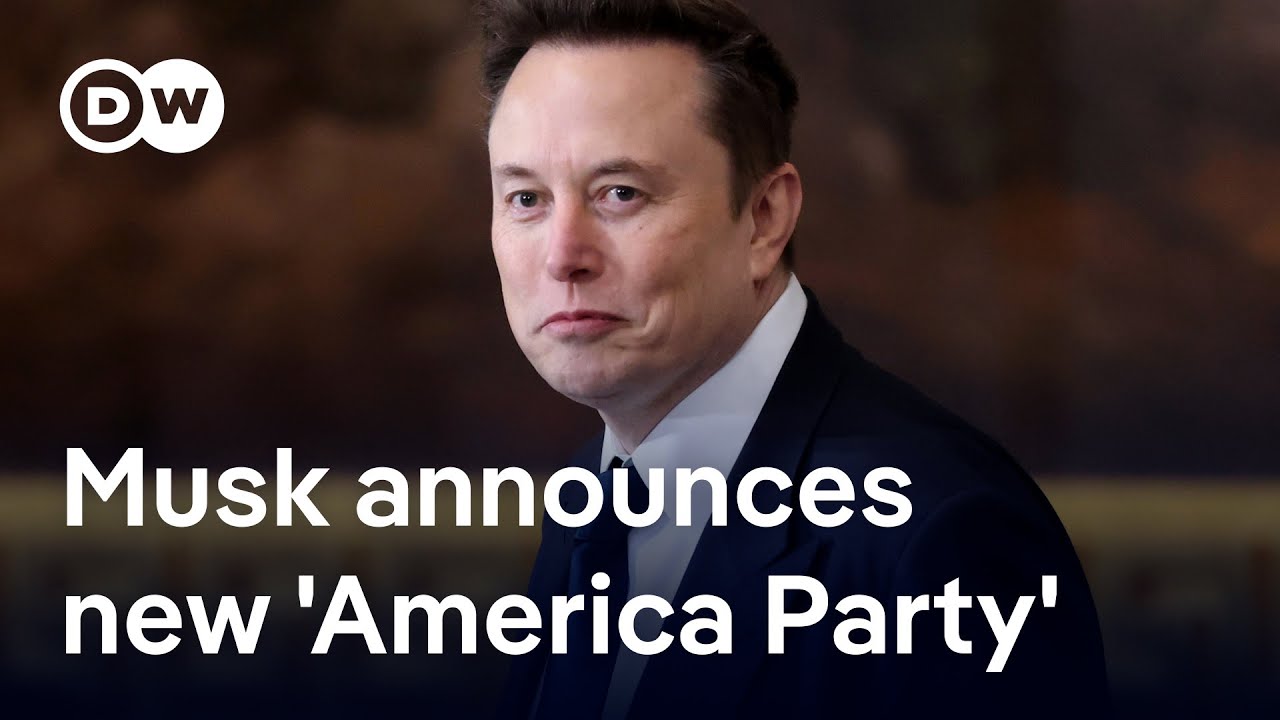The tariffs imposed by former President Donald Trump on billions of dollars worth of Chinese goods—along with those on steel, aluminum, and other imports—remain in place for now, despite efforts by the Biden administration to reassess their impact. With legal battles, political pressures, and economic consequences at play, the future of these tariffs remains uncertain.
This article explores the current status of Trump-era tariffs, their economic and political implications, and what could happen next as policymakers, businesses, and trading partners navigate the evolving trade landscape.
The Current Status of Trump’s Tariffs
When Trump took office in 2017, he pursued an aggressive trade policy centered on protecting American industries through tariffs. Key measures included:
-
Section 232 Tariffs (Steel & Aluminum, 2018): 25% on steel and 10% on aluminum imports from most countries, justified on national security grounds.
-
Section 301 Tariffs (China, 2018-2019): Up to 25% on $370 billion worth of Chinese goods, targeting unfair trade practices like intellectual property theft.
-
Other Trade Actions: Tariffs on washing machines, solar panels, and threats of additional duties on autos and EU goods.
Despite initial expectations that President Joe Biden might roll back these measures, his administration has largely kept them in place while reviewing their effectiveness. Recently, the U.S. Court of International Trade ruled that the Biden administration could maintain the Section 301 tariffs on China, rejecting a lawsuit from importers seeking refunds.
Why Haven’t the Tariffs Been Removed?
Several factors explain why the Biden administration has been reluctant to dismantle Trump’s tariffs:
1. Strategic Pressure on China
The U.S. continues to view China as a long-term economic and geopolitical rival. While Biden has shifted from Trump’s unilateral approach to a more multilateral strategy (working with allies like the EU and Japan), tariffs remain a key leverage point in negotiations over intellectual property, forced technology transfers, and market access.
2. Domestic Political Considerations
Tariffs enjoy bipartisan support in key manufacturing states like Pennsylvania, Ohio, and Michigan. With the 2024 election looming, Biden risks alienating union workers and swing-state voters if he removes protections for steel, aluminum, and other industries.
3. Inflation vs. Protectionism Debate
Economists argue that tariffs contribute to higher consumer prices by increasing costs for businesses that rely on imported materials. However, the Biden administration has balanced inflation concerns with the desire to protect domestic jobs, leading to a cautious approach.
4. Legal and Procedural Hurdles
Removing tariffs isn’t simple—it requires regulatory reviews, negotiations with trading partners, and potential legal challenges. The U.S. Trade Representative (USTR) has kept tariffs in place while conducting mandatory four-year reviews under Section 301.
What Happens Next? Possible Scenarios
The future of Trump’s tariffs depends on economic conditions, political dynamics, and international relations. Here are the most likely scenarios:
1. Partial Rollbacks with Exemptions
The Biden administration may opt for targeted reductions, particularly on consumer goods that contribute to inflation (e.g., electronics, apparel). Some tariffs could be replaced with quotas or negotiated settlements with allies.
2. Expansion of Tariffs in Key Sectors
Biden has already imposed new restrictions on advanced technology exports to China (e.g., semiconductors). Further tariffs could target electric vehicles, batteries, or clean energy components to protect emerging U.S. industries.
3. A Grand Bargain with China?
While unlikely in the near term, a broader U.S.-China trade deal could lead to phased tariff reductions in exchange for concessions on intellectual property, subsidies, or market access. However, tensions over Taiwan, espionage, and military expansion make a breakthrough difficult.
4. WTO Challenges and Retaliatory Measures
The World Trade Organization (WTO) has repeatedly ruled against U.S. tariffs, but the U.S. has blocked dispute settlement mechanisms. If other countries impose retaliatory tariffs, the U.S. may face escalating trade conflicts.
5. Congressional Action
Some lawmakers (including Republicans and Democrats) have pushed to limit presidential authority over tariffs. If Congress regains more control, future tariffs could face stricter scrutiny.
Economic and Business Implications
-
Consumers: Continued tariffs mean higher prices for goods ranging from electronics to automobiles.
-
Manufacturers: Some industries (steel, aluminum) benefit from protection, while others (auto, construction) face higher input costs.
-
Farmers & Exporters: Retaliatory tariffs from China and other nations have hurt U.S. agricultural exports, though federal subsidies have offset some losses.
-
Global Supply Chains: Companies may further diversify production away from China to Southeast Asia, Mexico, or reshore to the U.S.
Conclusion: A Waiting Game with High Stakes
For now, Trump’s tariffs remain a fixture of U.S. trade policy, reflecting both strategic calculations and political realities. The Biden administration’s next moves will depend on inflation trends, election-year politics, and geopolitical tensions with China.
Businesses should prepare for prolonged uncertainty, while policymakers must weigh the costs of protectionism against the benefits of economic security. One thing is clear: The debate over tariffs is far from over, and their long-term impact on the U.S. economy will shape trade policy for years to come.



